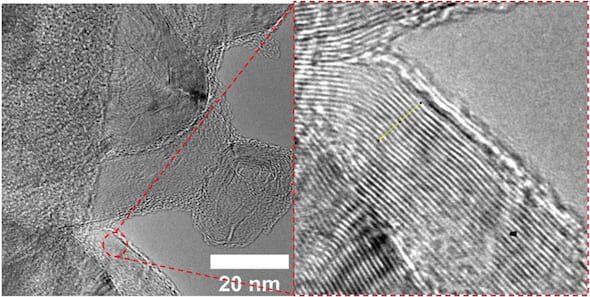Rice University scientists have optimized a process to convert waste from rubber tyres into graphene that can, in turn, be used to strengthen concrete (Stronger concrete with graphene).
The environmental benefits of adding graphene to the concrete are clear, chemist James Tour said.
“Concrete is the most-produced material in the world, and simply making it produces as much as 9% of the world’s carbon dioxide emissions,” Tour said. “If we can use less concrete in our roads, buildings, and bridges, we can eliminate some of the emissions at the very start.”
Recycled tyre waste is already used as a component of Portland cement, but graphene has been proven to strengthen cementitious materials, concrete among them (Stronger concrete with graphene), at the molecular level.
While the majority of the 800 million tires discarded annually are burned for fuel or ground up for other applications, 16% of them wind up in landfills.
“Reclaiming even a fraction of those as graphene will keep millions of tires from reaching landfills,” Tour said.
The ‘flash’ process introduced by Tour and his colleagues in 2020 has been used to convert food waste, plastic and other carbon sources by exposing them to a jolt of electricity that removes everything but carbon atoms from the sample.




































